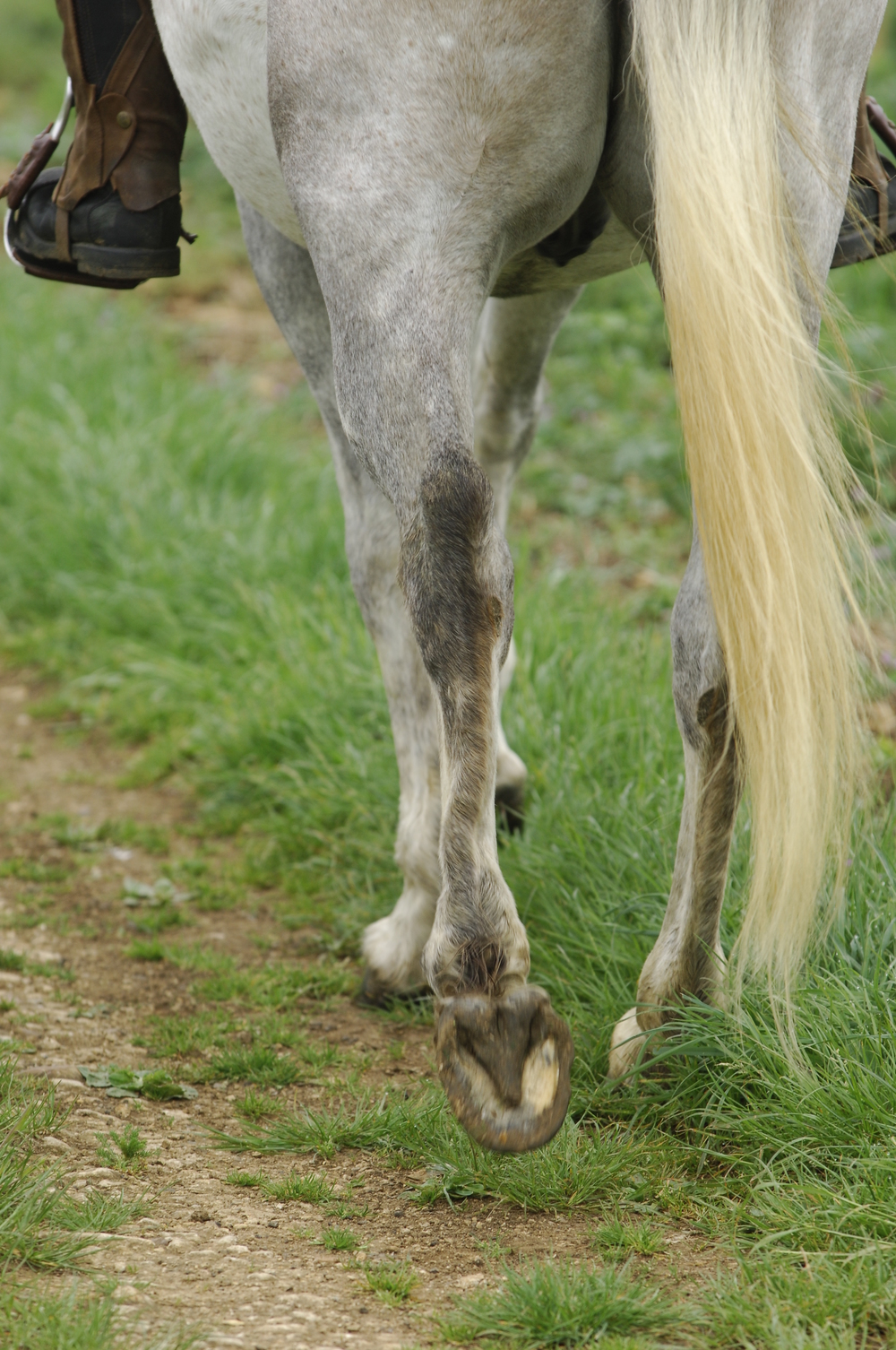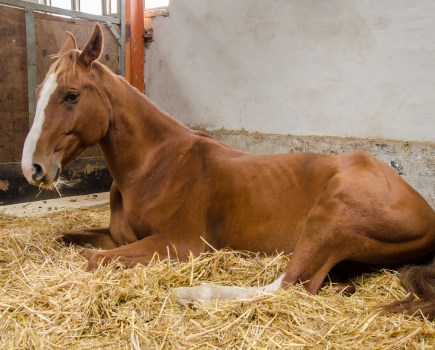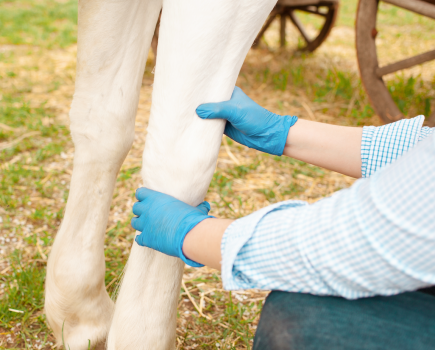If there’s one thing you can say for certain about shivers, it’s that nothing’s for certain. As vets Charlie Briggs and Gil Riley explain how we can spot the signs, we take a closer look at the progressive condition that affects your horse’s nerves.
Shivers is an nervous abnormality, or dysfunction of the nerve, that manifests largely in the hindlegs, which twitch and ‘shiver’ when lifted.
There’s no definitive known cause, no known cure or treatment, and while draught-type breeds tend to be most commonly affected, finer Thoroughbred types can suffer, too.
While it’s a progressive condition, with symptoms usually worsening over time, the severity and rate of progression varies – some horses are able to lead a full and active life for several years while others deteriorate fast.
When the horse is on all four legs he may appear perfectly normal, but each case is different and it’s the vet’s job to work with the owner to develop ways to manage the condition.
What is shivers?
Most common in heavier-set horses, from cobs and Irish Draught cross-types through to Shires, shivers is thought to be a nervous abnormality, possibly with a genetic link, hence its predomination in draughttype breeds.
“It seems to be that when the hindleg is lifted up there’s an interaction between the sensory nerves and the motor nerves controlling the muscle, and this results in an involuntary trembling of the nerve in the leg – or shivering,” says Gil.
While there’s no definitive known cause of shivers there are a few theories around.
 These include:
These include:
Abnormalities in the horse’s neurotransmitters (the chemicals that help transmit nerve signals)
Infectious disease creating toxins in the body that have an adverse effect on the horse’s nervous system
Abnormalities within the muscle cells themselves (known as myopathy)
Trauma from a heavy fall causing osteoarthritis, which impinges on the nerves leaving the spinal column
What you should look out for
“Signs include the horse snatching his leg up high in an exaggerated fashion when he’s asked to pick it up, and snatching his leg up when asked to back up,” says Gil.
The leg will tremble or shiver while in the air and though it’s usually the hindlegs that are affected, shivers can affect the forelegs and, in rare cases, other parts of the horse’s body too – including the head – with the eye twitching rapidly or shivering of the neck muscles.
As with most things shivers related, there’s no set pattern regarding its onset, and symptoms can strike at any age.
“I’ve read a report of it happening in a Clydesdale yearling,” adds Charlie. “So while the majority of horses are diagnosed between the ages of seven and 11, you can’t rule it out in a youngster.
“As well as the leg trembling, in severe cases there may be muscle wastage related to the shivering, with the horse losing his power behind, eventually becoming incapacitated.”
How a vet diagnoses it
“A couple of the tests we do routinely as part of a vetting will help detect a shiverer,” says Charlie. “One is that we pick up all four legs, the other test involves asking the horse to back up.Ask a horse with shivers to do either of these things and the classic symptoms of snatching up the leg and trembling will become apparent.
“The problem is that in its very early stages shivers can be extremely difficult to detect, and it can be mistaken for other conditions that mimic shivers’ symptoms.
“These include stringhalt, as this results in a similar action in the hindlegs, but as the horse is moving; upward fixation of the patella, where the patella (stifle) locks; fibrotic myopathy, which is where scar tissue forms in the muscles after an injury; and equine motor neurone disease.”
“Shivers is a progressive condition and in severe cases can progress to the point where the horse refuses to have his hindlegs picked up at all,” says Gil.
“While the condition per se doesn’t make a horse unsound, if it reaches the stage where he won’t pick his hind feet up, this can lead to problems with thrush, which in turn could lead to unsoundness, and how the farrier is going to shoe him. Sadly there’s no treatment, though sedatives can be tried in order to dampen down the reaction of nerves short-term and allow the horse to be shod.”
How to manage a horse with shivers
Obviously you need to be guided by your vet, but plenty of turnout to allow your horse gentle daily exercise is a good idea, while many horses can carry on being ridden as normal if the condition remains mild.
Your farrier may suggest your horse goes without shoes behind so he doesn’t have to keep his hindlegs in the air for as long, and you’ll need to be sympathetic in how you handle and pick up the legs.
“Sadly, if the condition is the progressive kind, it can reach the stage where the horse is completely unmanageable and euthanasia is the only answer,” adds Charlie.
Don’t miss the latest issue of Your Horse Magazine, jam-packed with training and veterinary advice, horse-care tips and the latest equestrian products available on shop shelves, on sale now.









